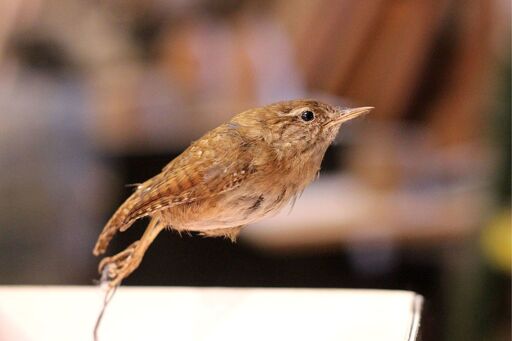Boys hunted a wren and placed it on top of a staff decorated with holly, ivy and ribbons, or displayed it in a decorated box on top of a pole. This was paraded around the neighbourhood by a group of ‘Wrenboys’—typically dressed in straw masks, greenery and colourful motley clothing—who sang songs and played music in exchange for donations.
The wren was a taboo species protected from hunting all other days of the year, but on Wren Day, Wrenboys beat the bushes and hedges with sticks, and when a wren flew out they tried to down the bird by throwing sticks, stones and other objects at it. Whoever killed the wren was believed to have good luck for a year.
Possibly the earliest written reference to a wren hunt is a medieval Irish legend about Saint Moling. It says that the saint cursed the wren to be hunted by young people because it ate his pet fly. Other Irish legends say that Irish people hunt the wren once a year because it alerted their enemies as they were about to ambush them; these enemies are variously said to be the Vikings, Cromwell’s army, or the Williamite army.
There were similar New Year traditions in parts of Britain and France until the nineteenth century. Frazer describes in his The Golden Bough a wren-hunting ritual in Carcassonne, held in early December. The Fête du Roi de l’Oiseau (festival of the king of birds) was first recorded in 1524 at Puy-en-Velay, and is still celebrated.

